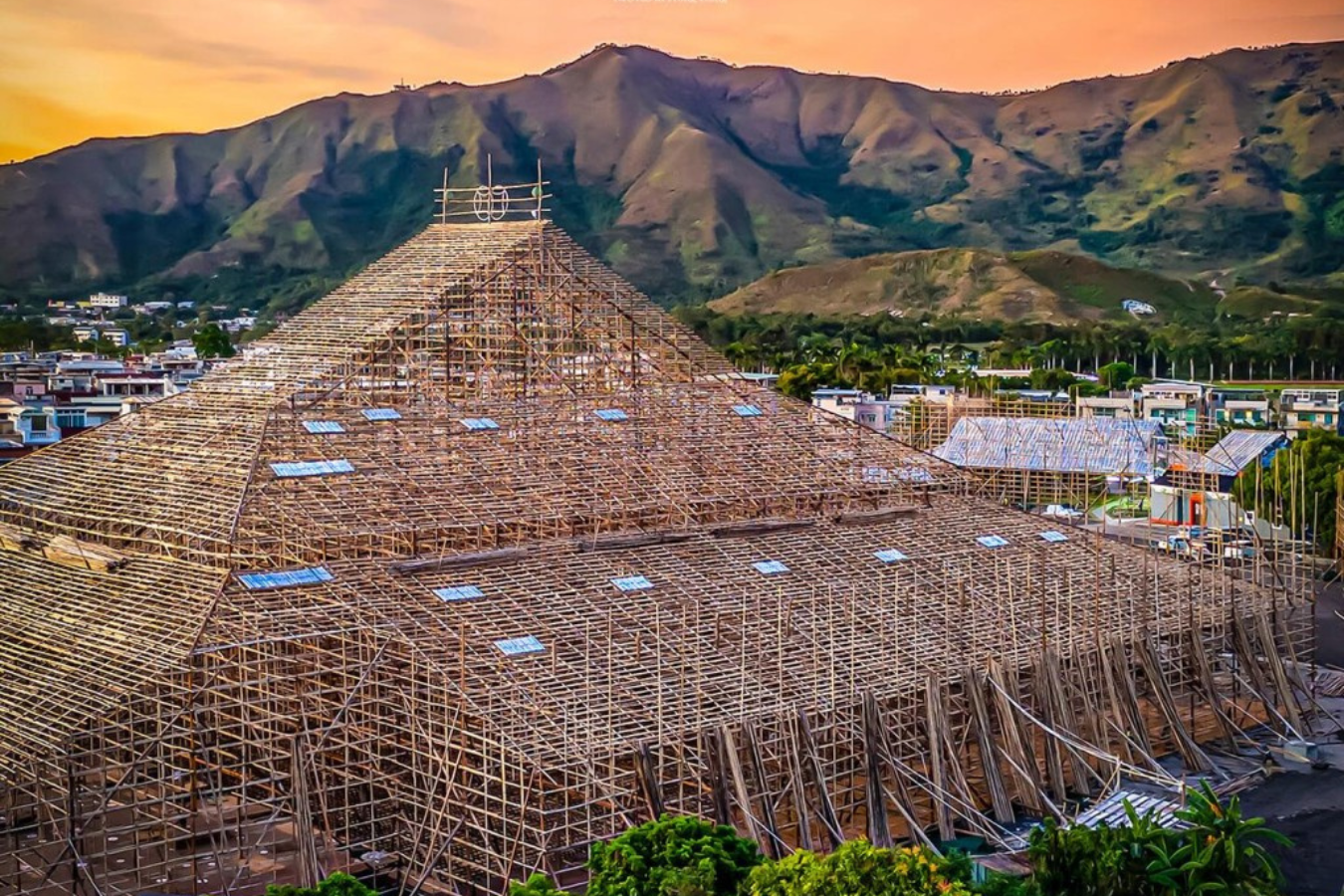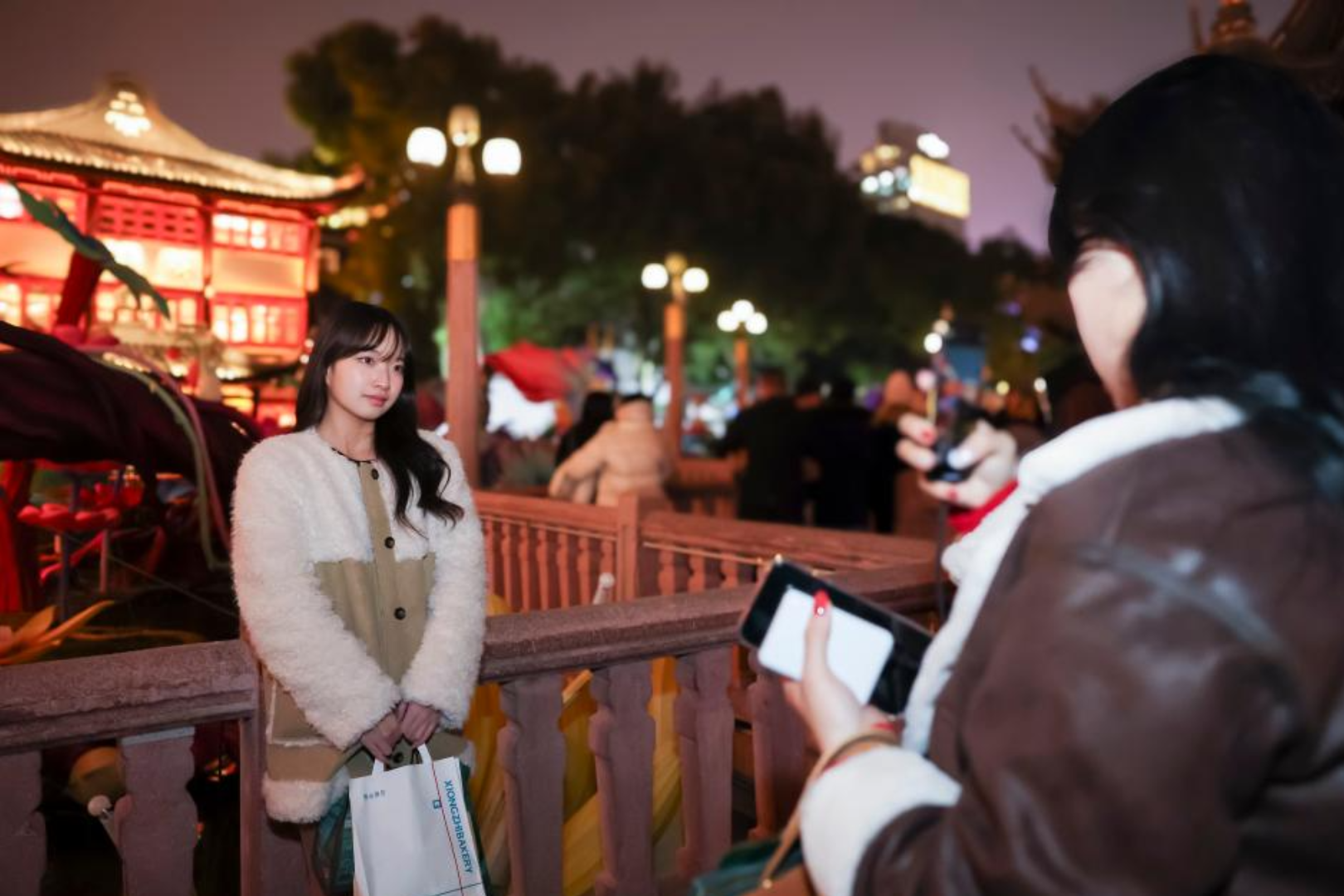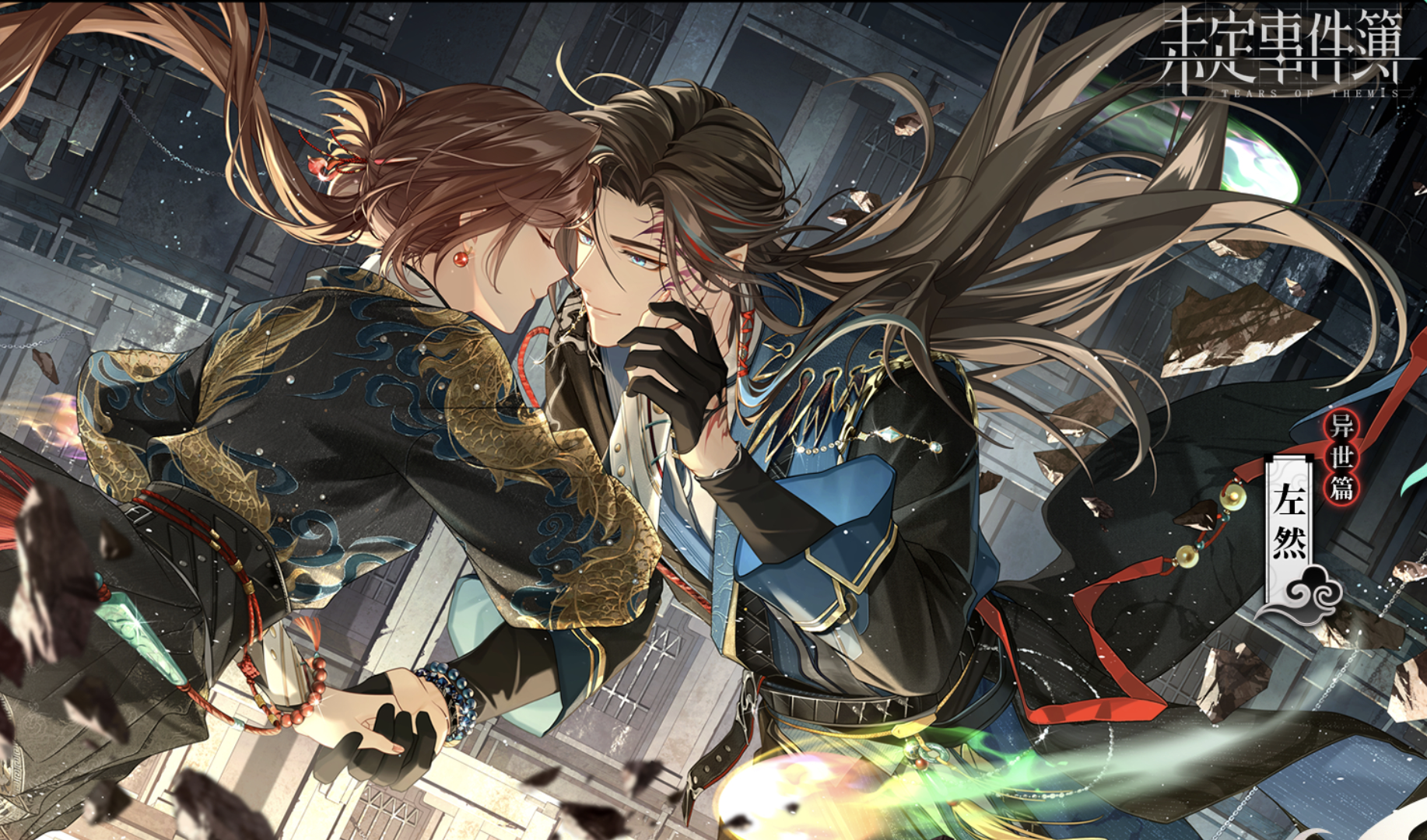As the Palace Museum prepares to celebrate its 100th anniversary in 2025, large-scale renovations are underway, shrouding parts of Beijing’s historic Forbidden City in bold red barricades. While the work has sparked mixed reactions among visitors, it also signals a transformative moment for one of China’s most iconic cultural landmarks.
Founded in 1925 within the Forbidden City, the Palace Museum—commonly referred to as Gugong (故宫)—houses the imperial collections of the Ming and Qing dynasties. As the museum approaches its centenary, it has launched a series of conservation and infrastructure upgrades to better preserve its heritage and improve the visitor experience.
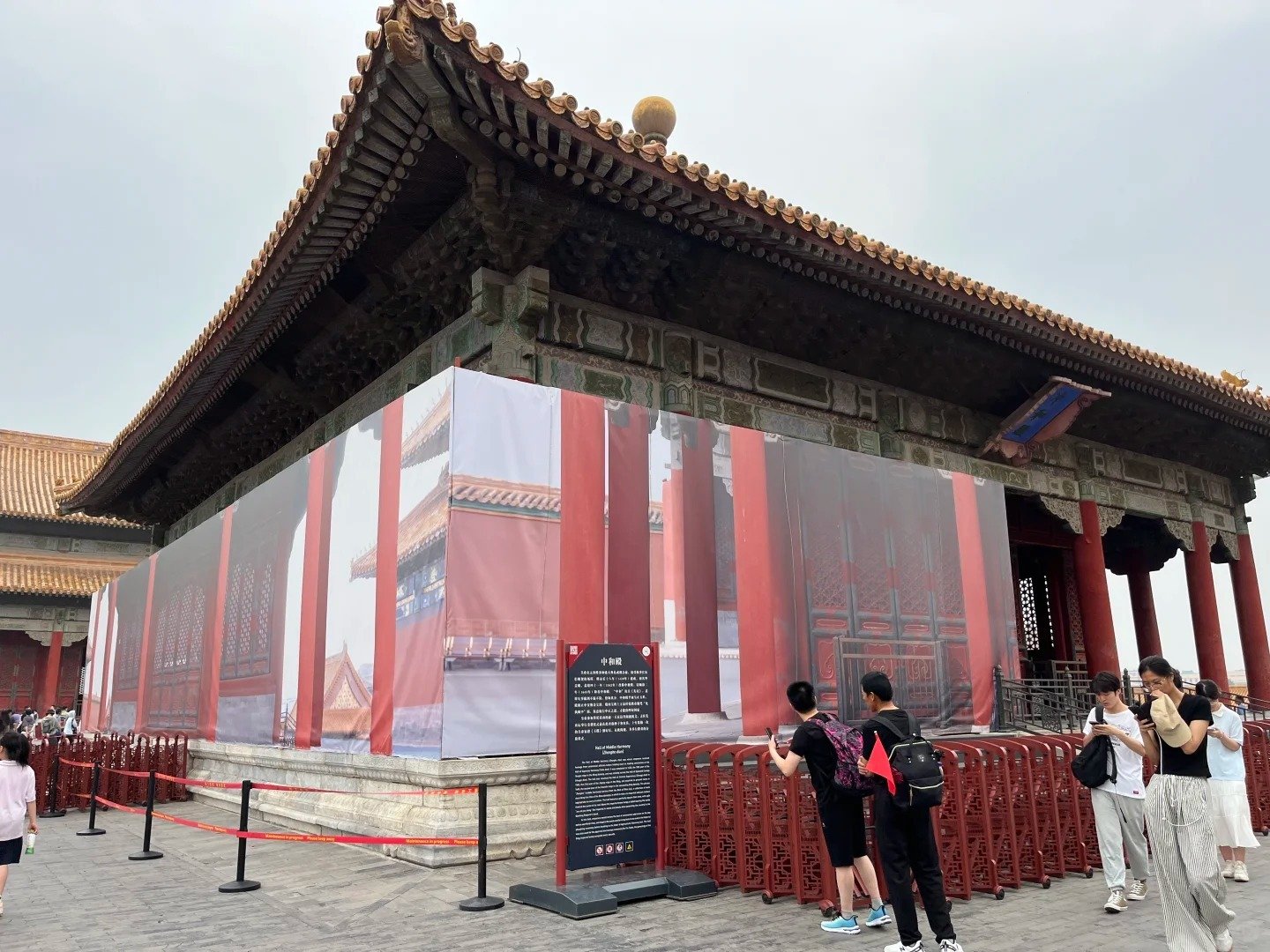
Since May 6, the Tiananmen Gate has been temporarily closed to the public for structural renovations. Meanwhile, several central axis buildings within the Forbidden City remain accessible, though partially obscured by construction fences (wéidǎng, 围挡). These barriers, made of red KT boards, aim to visually blend with the historic architecture but have drawn mixed reviews online.
Some visitors, having traveled great distances to mark the museum’s milestone, were surprised—and even disappointed—to be met with expansive fencing. Others, however, have found an unexpected aesthetic in the juxtaposition of modern scaffolding with ancient architecture, describing the scene as quirky and even poetic.
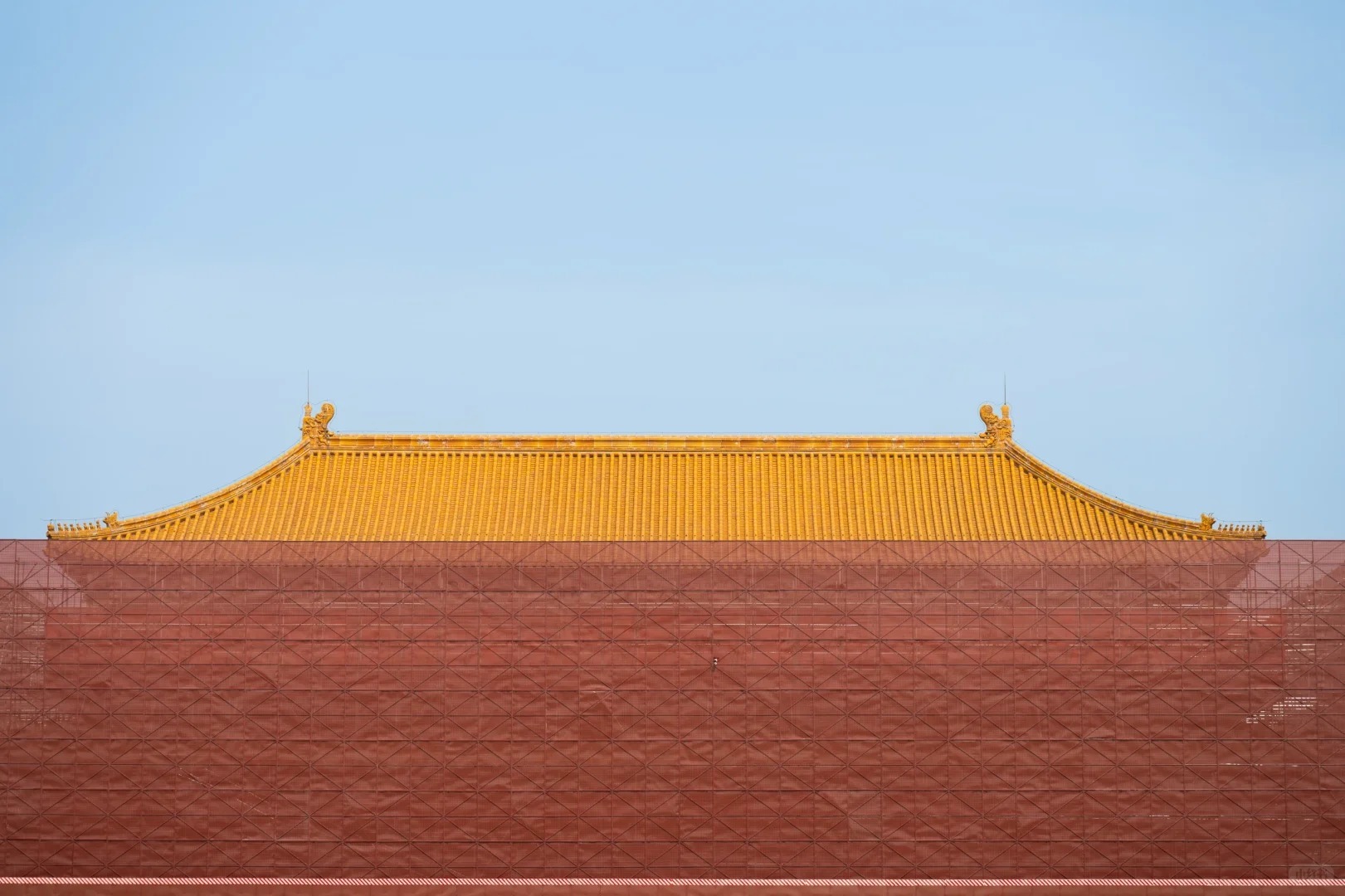
This is not the first time the Palace Museum has undergone significant restoration. Ahead of the 2008 Beijing Olympics, the museum launched a two-year renovation project that saw more rudimentary barricades erected throughout the complex.
According to official statements, the current phase of renovations is scheduled for completion by September 3, strategically timed between China’s Labor Day (May 1) and National Day (October 1) holidays to minimize long-term disruption.
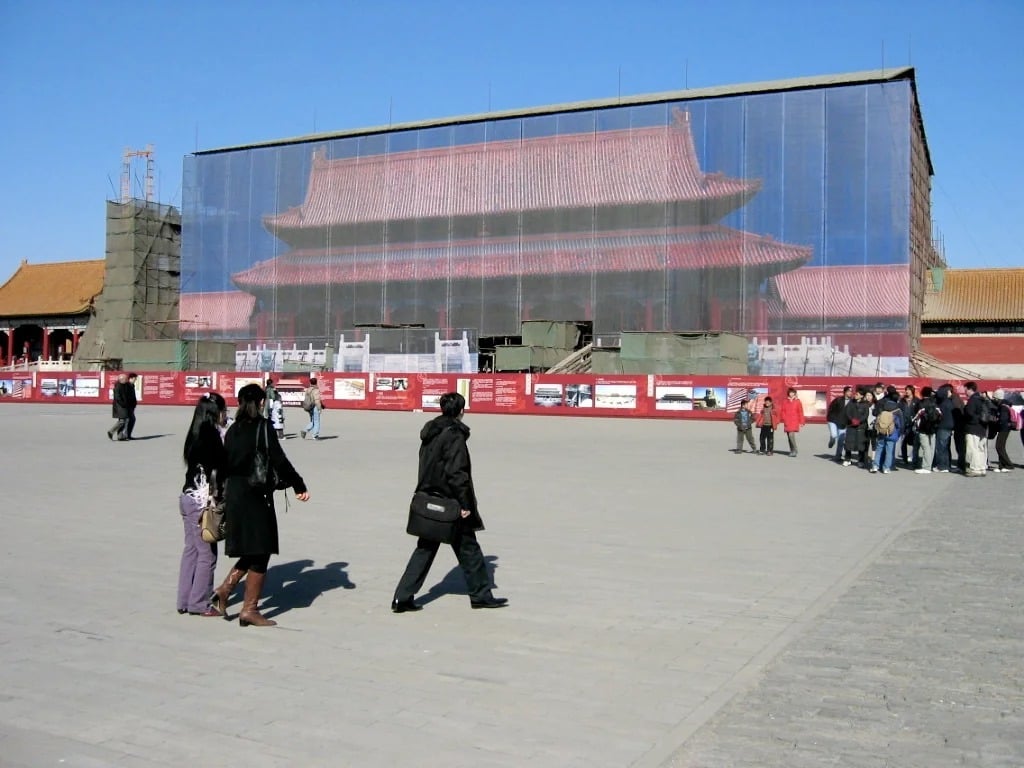
Despite the scaffolding, the museum’s exhibitions remain open to the public. Notably, a major exhibit juxtaposing works by Emperor Qianlong and Claude Monet has drawn significant attention and serves as a cultural highlight amid the renovations.
As Gugong prepares for its centennial, the work underway is not just about preservation—it’s also about envisioning the next hundred years of one of China’s most treasured institutions.
Cover Photo via Xiaohongshu.




